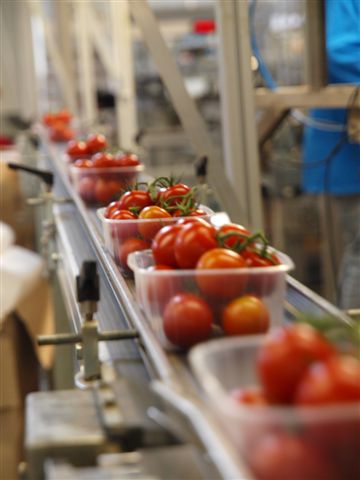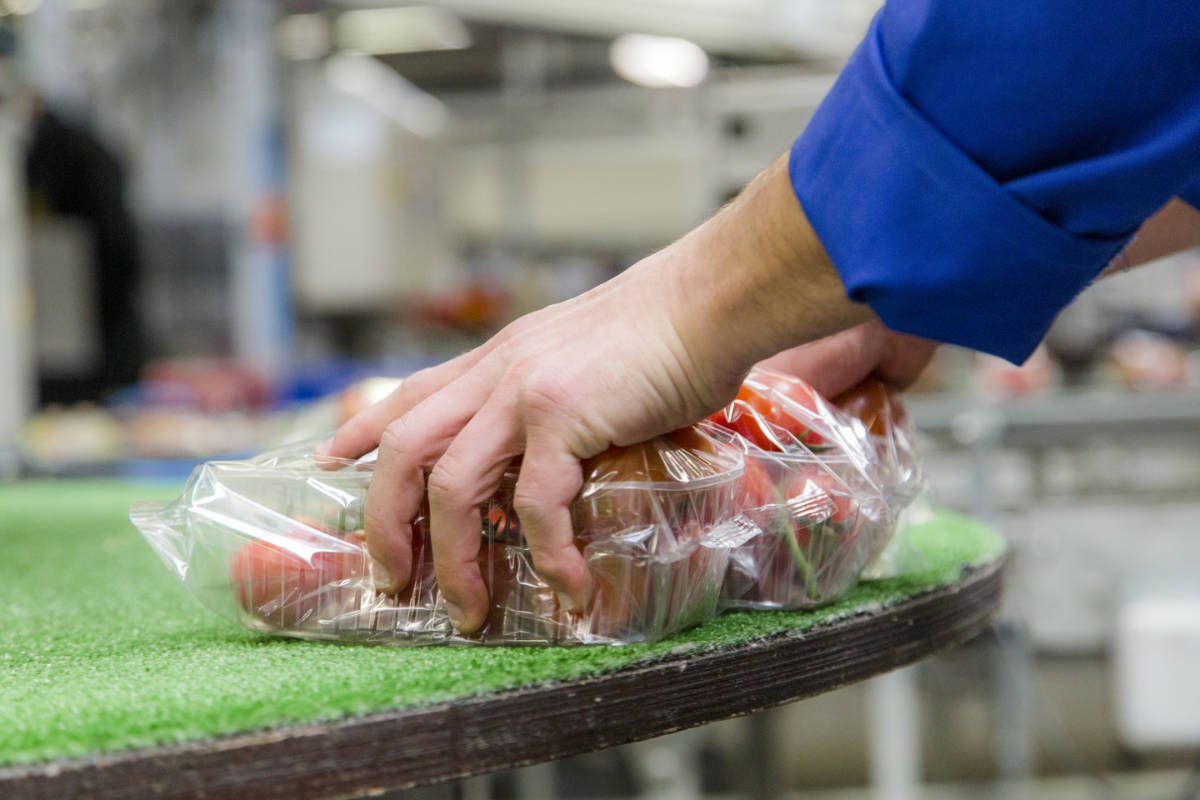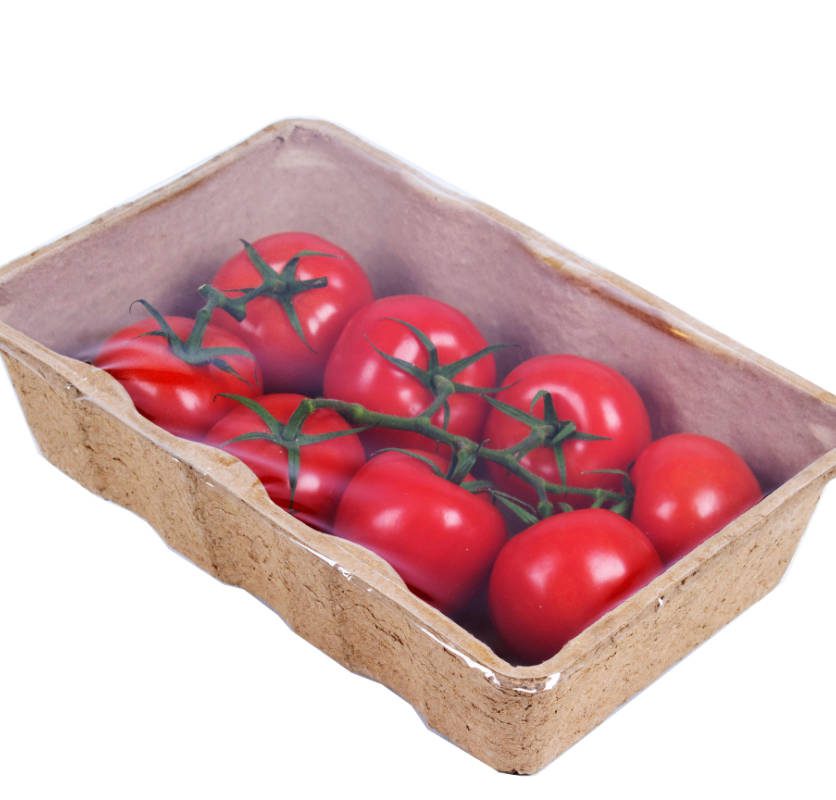Where we stand today
In 2018, we started reducing the impact of plastic in the packaging we use by choosing recycled plastic. As of 2019, 20% of all the packaging material we use is R-PET. We have also analysed all our packaging to establish the composition and quantities of the materials we use.

Goals for 2025
By 2025 the weight per unit
packaging material
will have been reduced by 25%.
By 2025, the weight per unit of packaging material will have been reduced by 25%, in order to reduce the total environmental impact.
Every year, we pack 181 million units containing fruiting vegetables, and we want to make that packaging progressively more sustainable. A dashboard to track our progress is currently under development.
How we will make it happen
In order to make our packaging more sustainable, we check all our packaging materials against the criteria of reduce, reuse, recycle and redesign. We also engage continiously with customers to explore ways to reduce the environmental impact per packaging unit. That can be done by using less material, different materials or a single material per unit.

